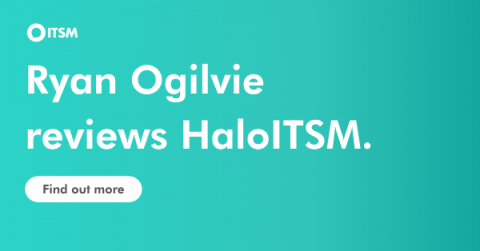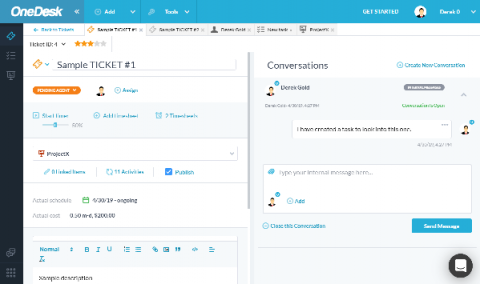The Beginner's Guide to Customer Service Responsibilities
Customer service is not as easy as you think it to be. Since customer service represents the face of your company to customers, your support team should be very careful when handling customers and customer issues. One wrong move and it can bring down the reputation of your company. Whether you’re considering a career in customer support or you are looking to hire a customer service representative, here is what you need to know.










